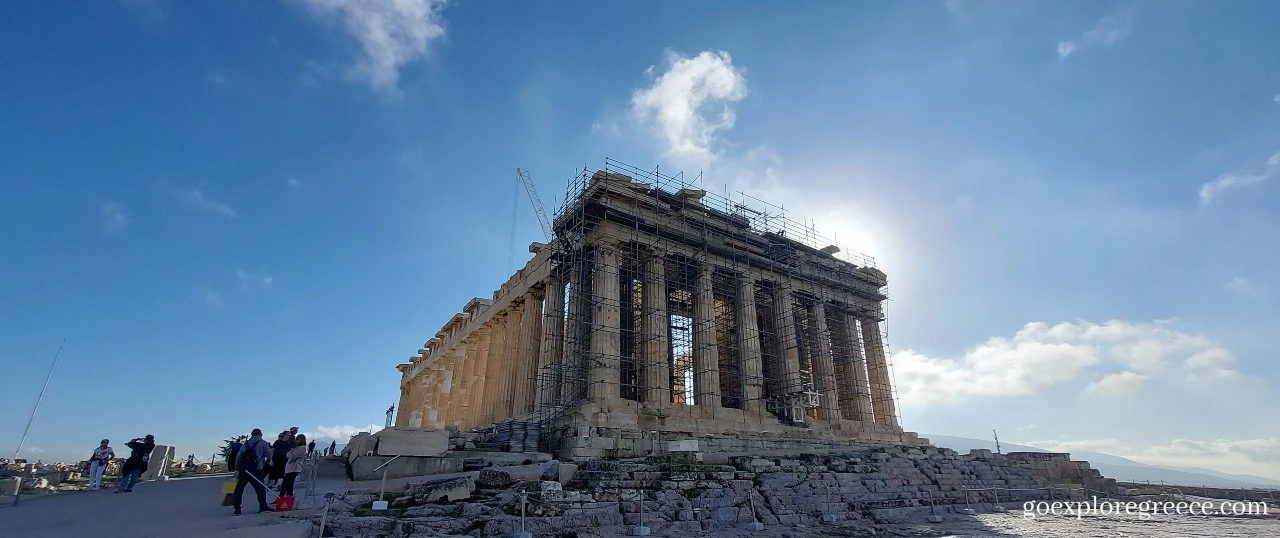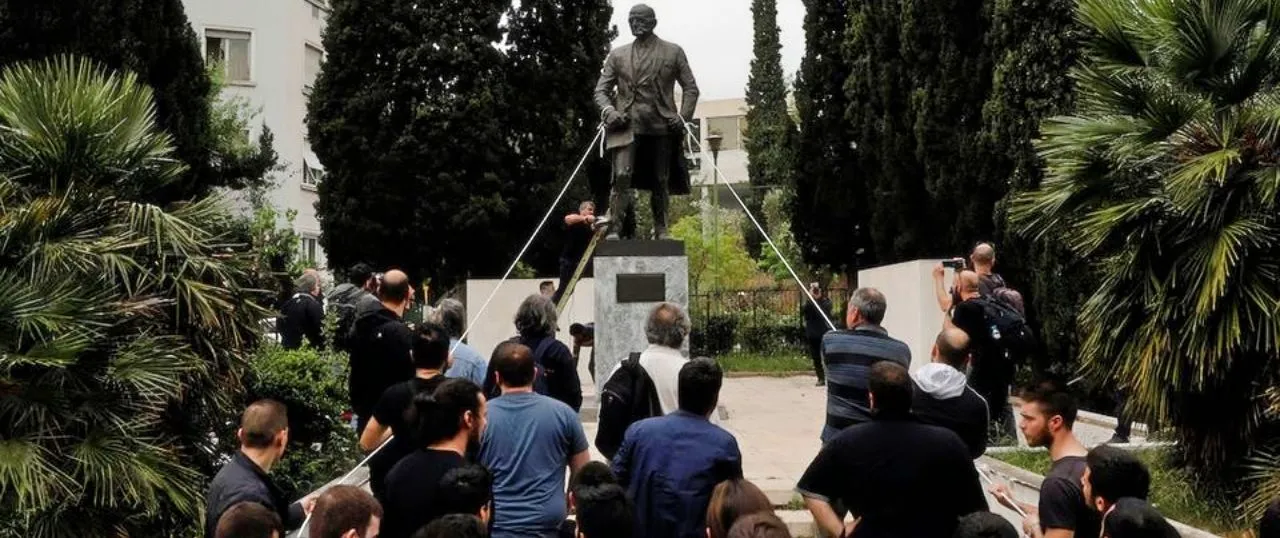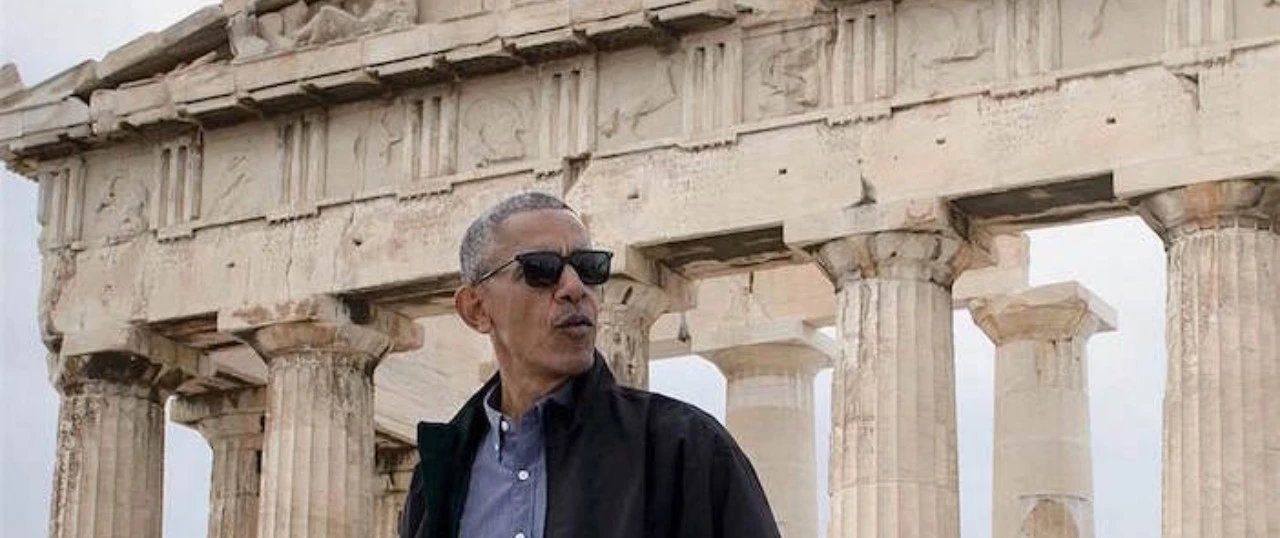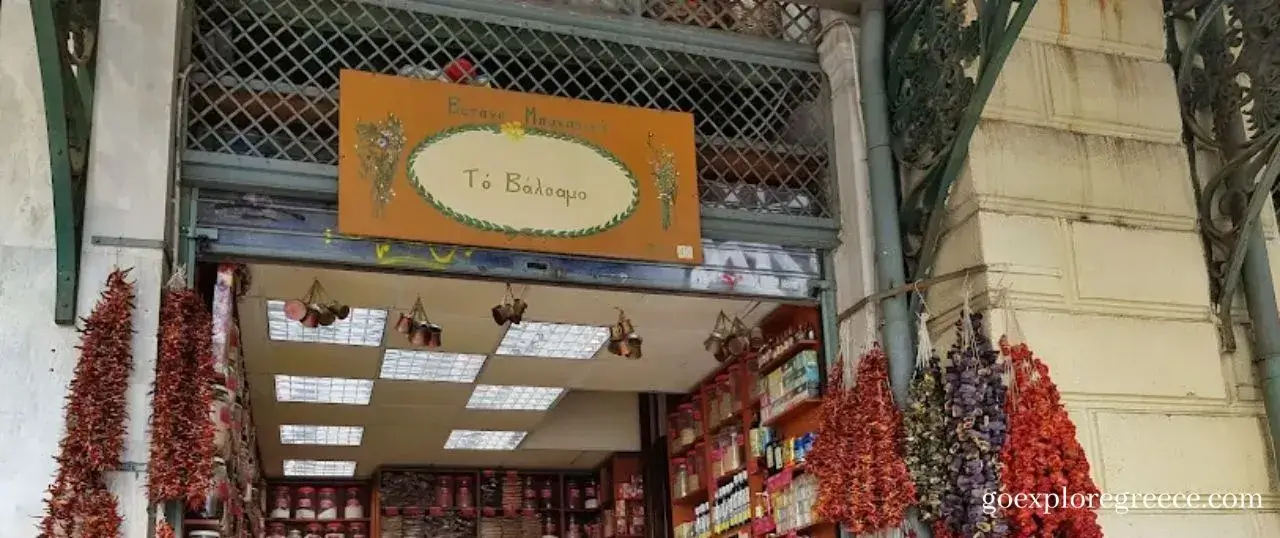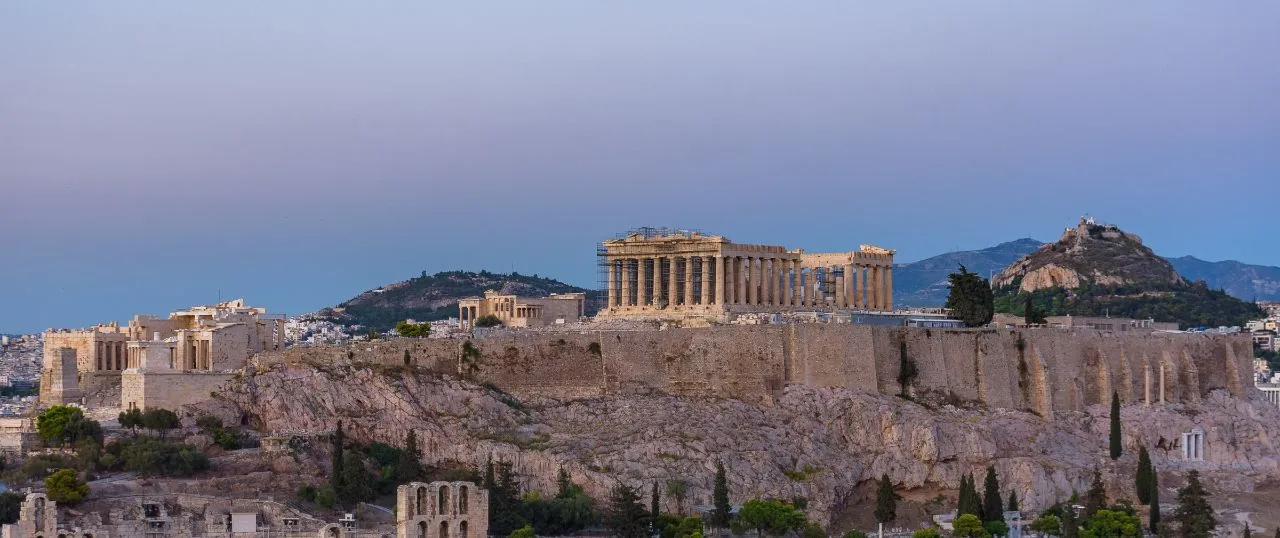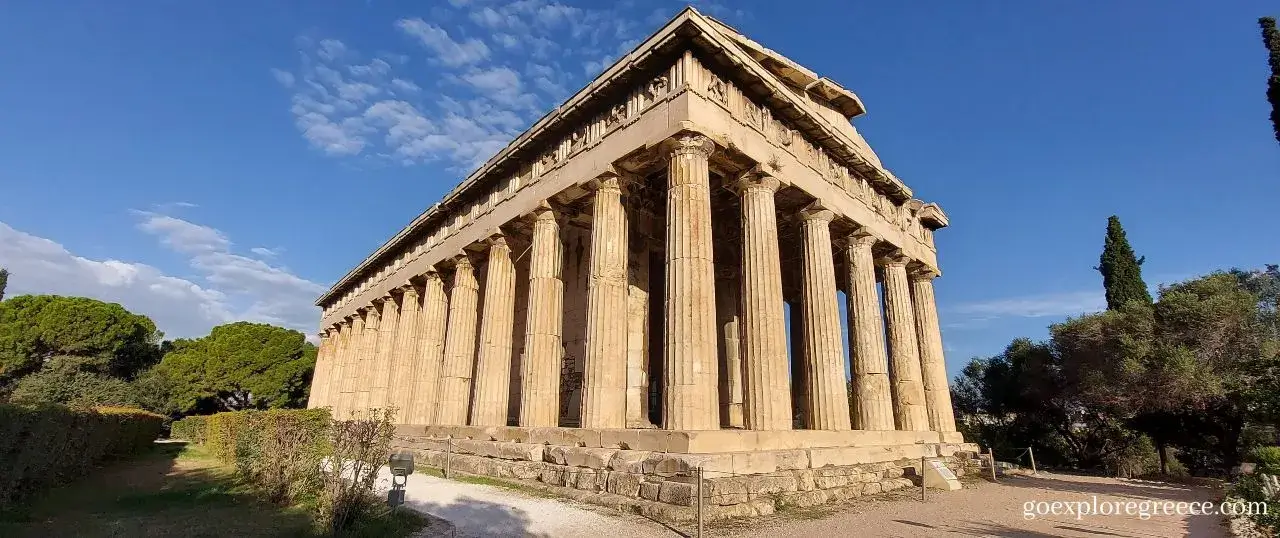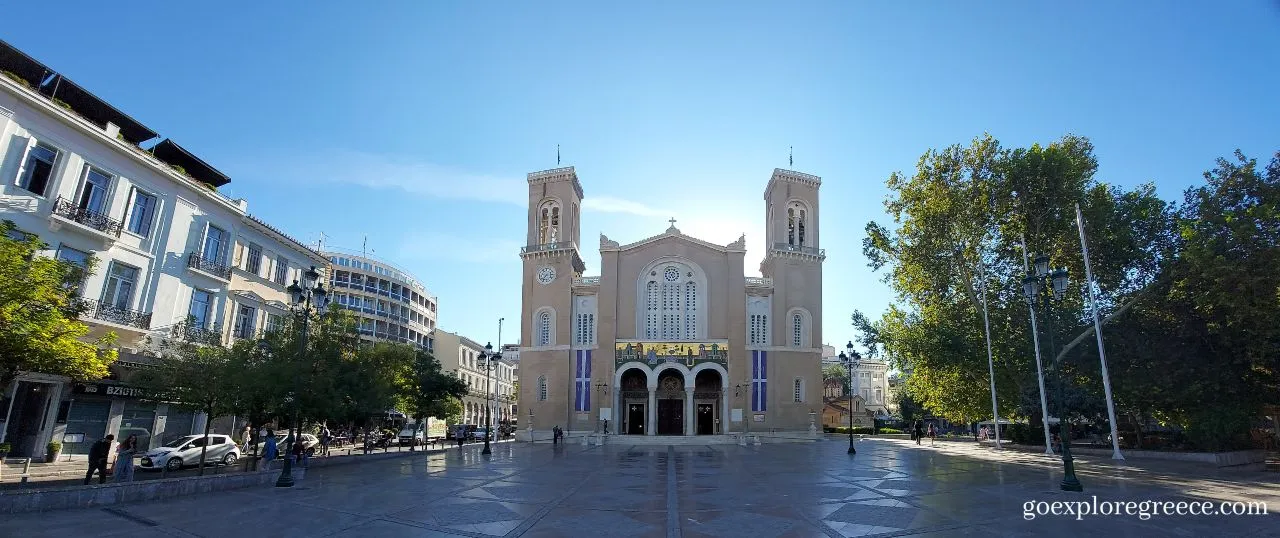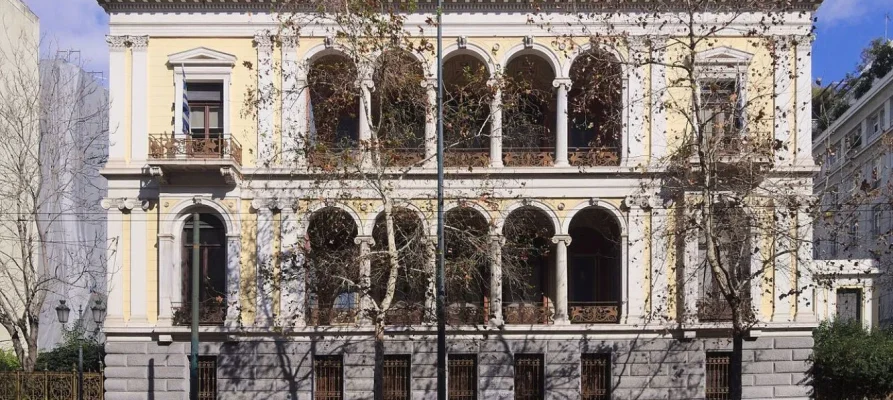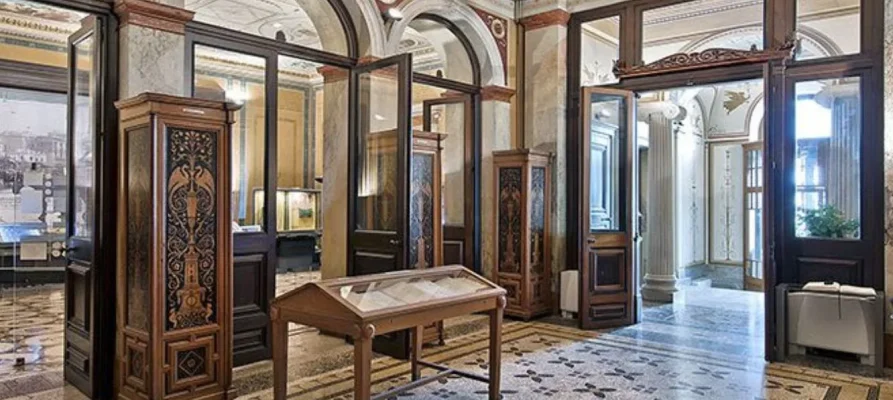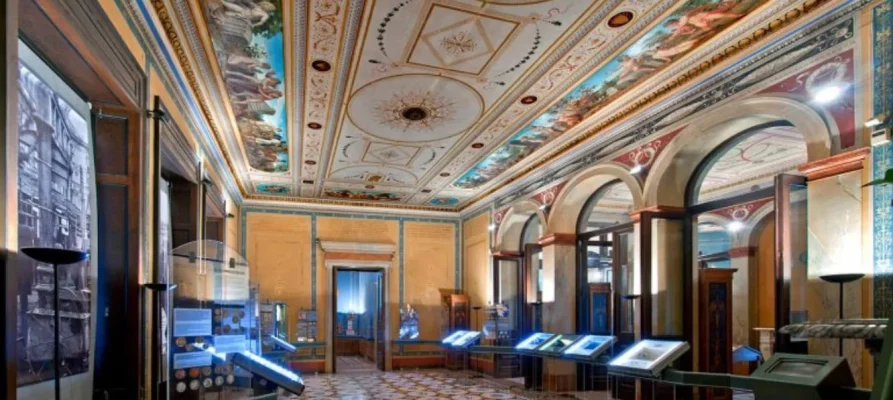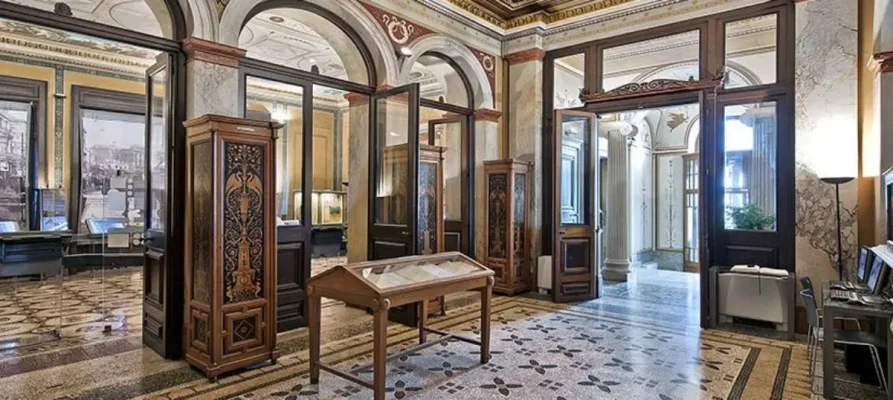Numismatic Museum of Athens
Numismatic Museum of Athens
The Numismatic Museum of Athens is an absolute must-visit when you’re looking for things to do in Athens. As one of the best museums in Athens, it offers an incredibly unique experience that fascinates history buffs and casual travellers alike. As one of the top attractions in this ancient city, the Numismatic Museum is a gem that should be on every visitor’s list of activities when exploring the vibrant Greek capital.
Nestled in the heart of Athens and just a few minutes walk from the Benaki Museum, the Numismatic Museum is located in a stunning neoclassical building that once served as the residence of Heinrich Schliemann, the famous archaeologist who discovered the ancient city of Troy. This beautiful building is also known as the Iliou Melathron, which translates to “The Palace of Troy,” and it’s a fitting setting for a museum that houses such an extensive collection of coins, medals, and other numismatic treasures.
The museum was established back in 1834, not long after the foundation of the modern Greek state. The decision to create the museum was driven by the need to preserve and showcase the rich numismatic history of Greece, which spans thousands of years. Since then, it has grown into one of the most significant museums of its kind in the world, housing a collection of more than 500,000 items that offer a fascinating insight into the economic, political, and social life of ancient Greece and other civilizations throughout history.
One reason the Numismatic Museum of Athens is one of the best museums in Athens is its captivating exhibitions. From the earliest coins struck in the region of Lydia in modern-day Turkey to the coins of the mighty Roman Empire, the museum’s exhibits reveal the stories behind these pieces and how they played a crucial role in shaping the history of the Mediterranean world. As you wander through the museum, you’ll be transported back in time as you explore the fascinating world of ancient currencies, discovering the intricate designs and craftsmanship that went into creating these tiny pieces of art.
The Numismatic Museum also offers a fascinating look at the process of coin production in antiquity, with displays that provide a step-by-step guide to the ancient art of coin minting. This is a rare opportunity to delve into the secrets of this ancient craft, and it’s just one of the many activities that make the Numismatic Museum one of the top attractions in Athens.
But it’s not just the coins that make the Numismatic Museum one of the best museums in Athens; the building itself is a masterpiece. The building’s elegant design and rich decoration make it a stunning setting for the priceless treasures housed within its walls. As you explore the museum, make sure to take some time to admire the intricate mosaics, frescoes, and other architectural details that adorn the interior of the Iliou Melathron.
As one of the top tourist attractions in Athens, the Numismatic Museum also hosts a variety of engaging educational programmes and events throughout the year. These activities cater to visitors of all ages, making it a perfect destination for families looking for things to do in Athens.
Whether you’re taking part in a guided tour, attending a lecture, or participating in a workshop, the Numismatic Museum offers a wealth of opportunities to expand your knowledge and deepen your appreciation of the history and culture of Greece and the wider Mediterranean world.
The museum’s central location makes it easily accessible, and it’s just a stone’s throw away from other popular attractions such as the National Garden, Syntagma Square, and the iconic Acropolis. This means that you can effortlessly incorporate a visit to the Numismatic Museum into your itinerary when you’re exploring the best museums in Athens and other must-see tourist attractions.
Furthermore, the Numismatic Museum of Athens is not just limited to ancient coins. Its collection also includes an impressive array of medals, tokens, banknotes, and even coin-weighing devices, offering a comprehensive look at the history and development of currency throughout the ages. This makes it one of the most diverse and engaging attractions in the city, suitable for visitors with a wide range of interests.
In addition to the permanent exhibitions, the Numismatic Museum frequently hosts temporary exhibits that showcase coins and other numismatic items from various cultures and time periods. This means that there’s always something new to discover, making the museum a place that you can return to time and time again during your visits to Athens.
Here’s my advice regarding access for those with disabilities and/or impairments at the Numismatic Museum of Athens:
The Numismatic Museum of Athens is committed to providing a welcoming and inclusive experience for all visitors, including those with disabilities and/or impairments. The museum features ramps and lifts for wheelchair users, ensuring easy access to the exhibits and facilities within the building. Additionally, accessible restrooms are available to accommodate the needs of visitors with disabilities.
The museum may offer guided tours with sign language interpreters for visitors with hearing impairments. In contrast, for those with visual impairments, tactile exhibits or audio descriptions might be available to enhance their experience.

